I let ChatGPT determine my decluttering to-do list – and it completely changed how I structure my day
I’d recommend it to anyone feeling overwhelmed


With everything that needs to be done to maintain a home, it is easy to get bogged down in lists. That’s why I finally gave in and asked ChatGPT to create a chore to-do list for me.
After a busy few weeks and a vacation, my home was looking a little worse for wear, and my chores were piling up. I was overwhelmed to say the least, and hadn’t the least idea of where to start. The whole house needed tidying and dusting before guests arrived over the weekend, my home office needed a good declutter, and my robot vacuum needed a good clean out.
So, I put all of this information into ChatGPT and asked it to create a plan with some smart hacks to help make a to-do list less overwhelming – and it has completely changed how I manage my time.
Why I used an AI to-do list of chores
AI is everywhere nowadays, with experts using AI in interior design and AI in gardening to streamline tasks and achieve the perfect results, so why not try it for cleaning and decluttering?
D’Nai Walker, professional declutterer and owner of D’Clutter by D’Nai explains, ‘Using ChatGPT and other A.I. tools can be quite beneficial when creating to-do lists for your chores. They can create a clear framework of tasks and even come up with things you may not have forgotten about, like wiping out the refrigerator drawers or dusting the baseboards.’
With so many tasks to tackle and not much time to get them done around work and having at least some time to relax at the end of the day, I input a crude list of chores that were floating around my mind and let the system do the work for me.
I tried it
The AI structured the tasks in order, offering me a reason why I should perform each task, then, while offering some tips and methods, I could try to tackle each one. For the experiment, I decided to follow the advice to the letter, including its suggestion to play some upbeat music to help me stay motivated through each of the tasks.
1. 'Pick up items from surfaces in every room'
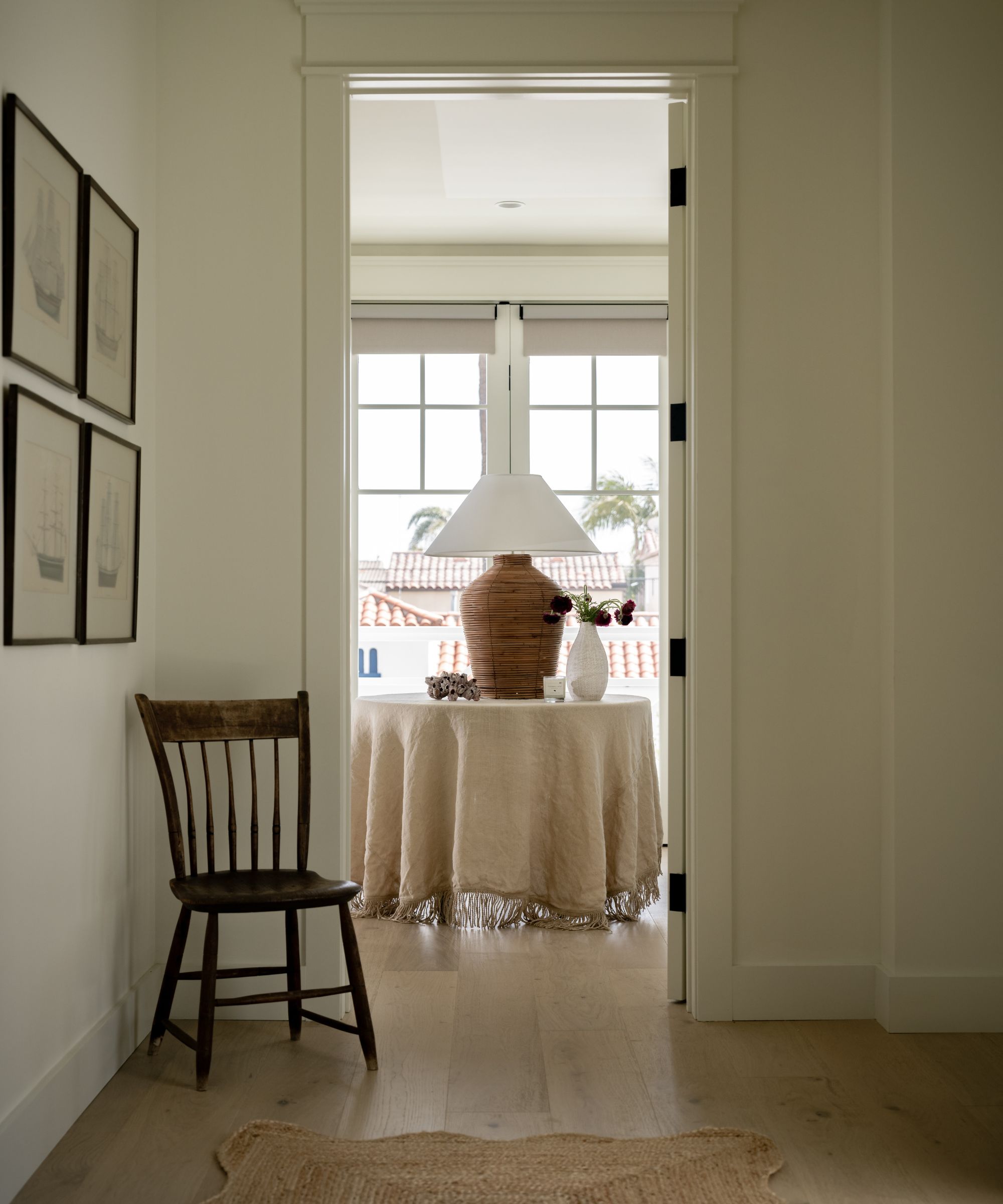
Grouping rooms together when picking up clutter stops you having to retrace your steps, saving you energy.
ChatGPT suggested that I start by tidying up, offering the advice I had heard time and time again from experts, ‘This clears surfaces so you can dust efficiently without moving things twice.’
The method it offered was familiar too, suggesting that I used the Ski-Slope organizing method and group rooms or floors together to avoid backtracking on myself. Given that these AI models are trained on articles like the ones we write here at Homes & Gardens, I am unsurprised that these top tidying tips turned up.
However, for someone who doesn’t dedicate their whole life to cleaning and organizing content and research, this would be a good pointer, especially if you are trying to tidy a home when you feel overwhelmed.
Following another one of its suggestions to make this task easier, I used my folding laundry basket, which is available at Amazon, to collect all the out-of-place items on my top floor before putting them all away and doing the same downstairs.
2. 'Declutter your office desk and drawers'
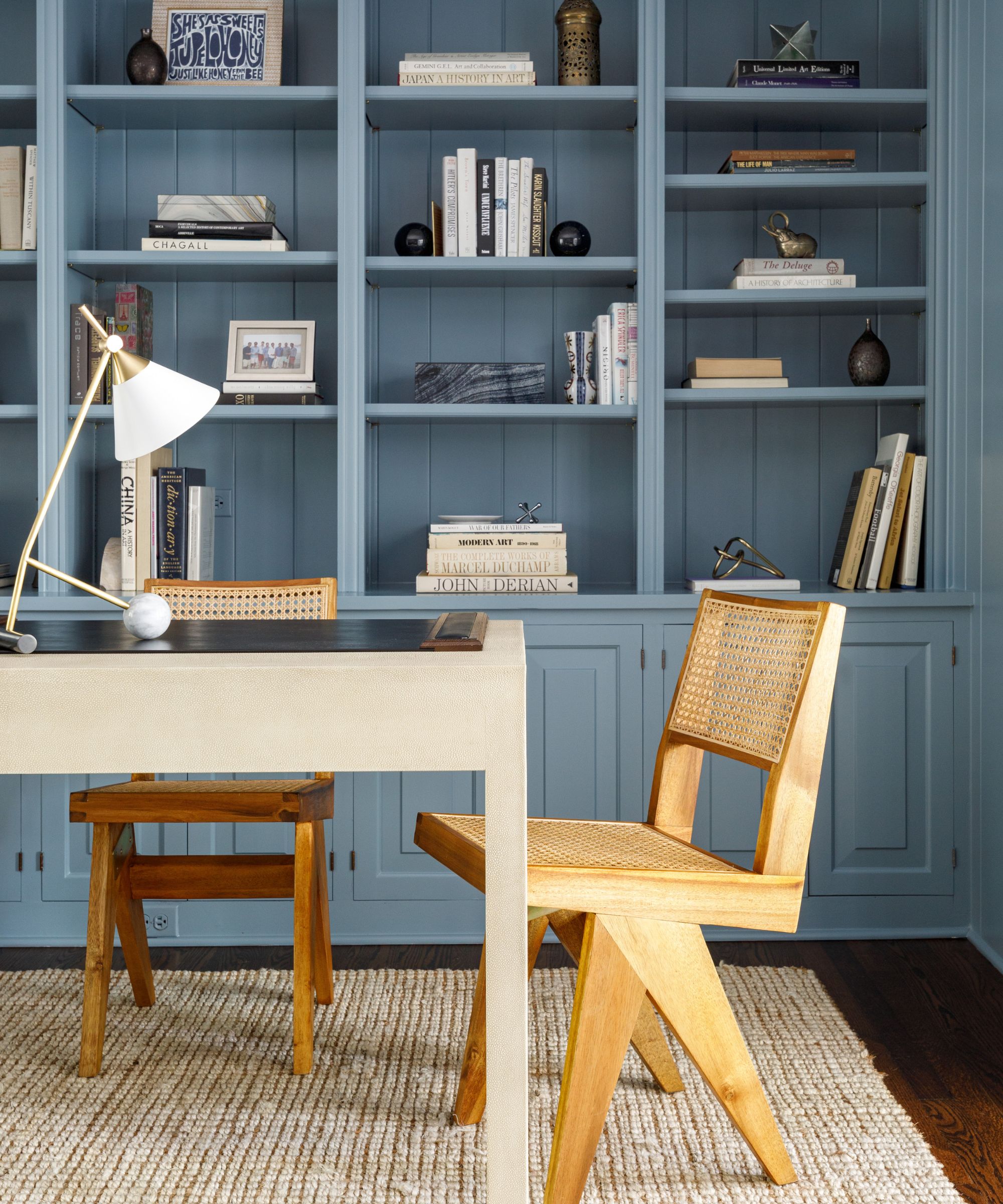
Decluttering after you have corralled all your stray items together allows you to see the bigger picture.
Onto the next big task – decluttering a home office. My desk works overtime as a workspace, dressing table, and crafting table, and acts as storage for all three. As a result, it needs decluttering pretty regularly to keep it usable.
The AI reasoned, ‘Why now? You’ve already started the organizing mindset, and it keeps the momentum going before the cleaning begins.’
To help me organize a desk, the AI suggested that I use the ‘keep, toss, relocate’ method and set a 20-minute timer to help me avoid burning out. I skipped the timer, knowing this would be a quick task; however, I did use three piles to help categorize items and make organizing each drawer easier.
The first new benefit of the AI I encountered was the structure of the chores. Having already tidied up the rest of my home before this task, I had all the items that needed to go back into my desk drawers in a small pile on my desk.
This meant that when I was reorganizing my drawers, I had a much better idea of where I could fit items and where I needed to make space. Had I tried these tasks without this list, I likely would have started with my desk and tidied up afterwards, meaning I would have to go back into my drawers and repeat the process.
It was already saving my time and energy.
3. 'Dust surfaces in every room'

Working from top to bottom when dusting stops debris falling onto already-clean surfaces.
Cleaning after organizing is a fairly common piece of advice, so I am not surprised that this came next in the AI to-do list. As expected, it justified this order by explaining that ‘Dust will fall to the floor – better to do this before vacuuming.’
It also suggested a few good tips for avoiding dusting mistakes making your home dirtier, such as working from top to bottom and using a microfiber cloth, available in packs of six at Target. I would add to use a Scrub Daddy Damp Duster, from Walmart, to help pick up dust from awkward surfaces without dislodging it into the air.
4. 'Clean your robot vacuum cleaner and its dock'
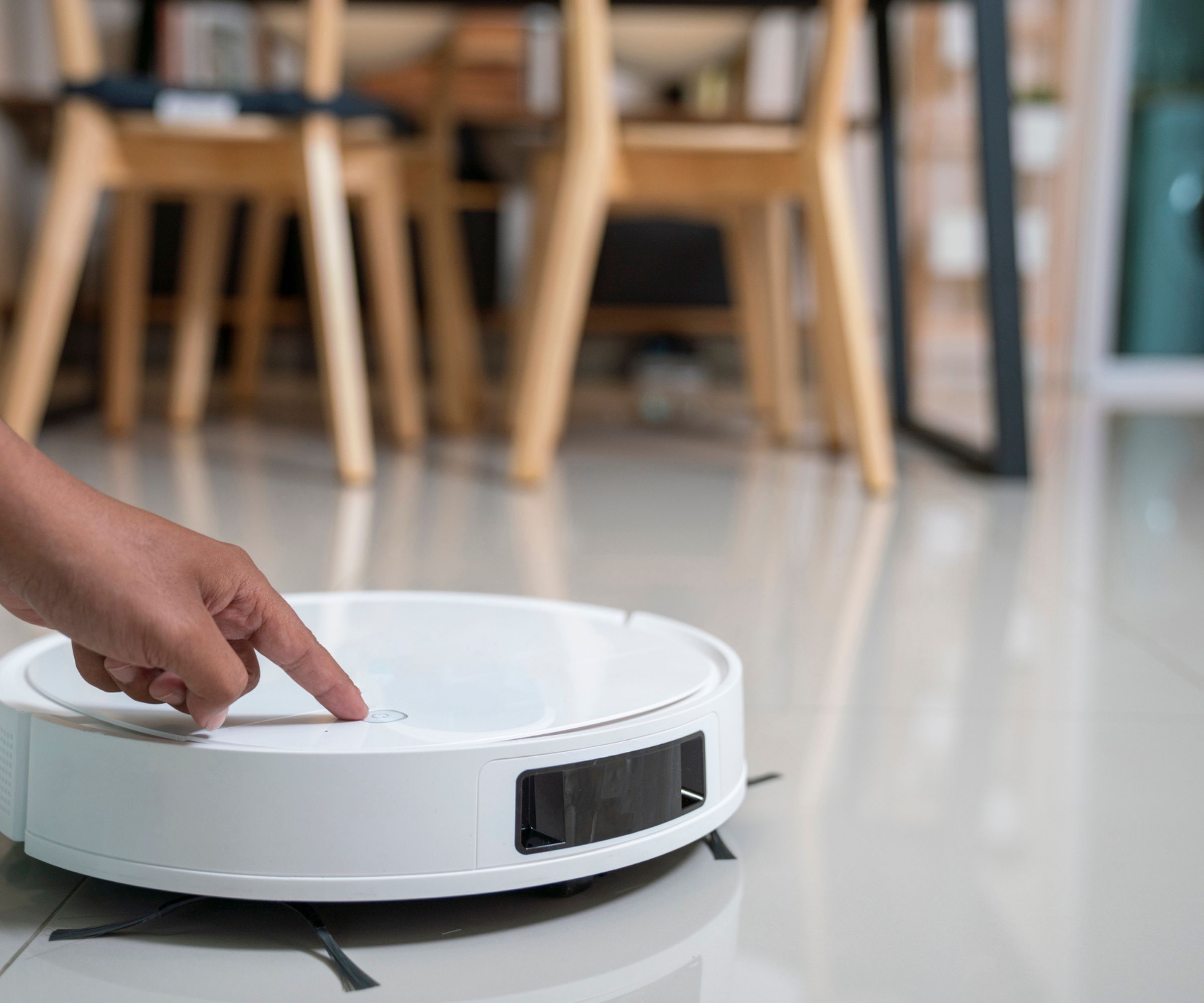
Cleaning out a robot vacuum regularly improves the efficiency.
Cleaning a robot vacuum cleaner was a task I had been putting off, knowing that it would take me a good chunk of time. Having sworn to follow the order of tasks to the letter, however, I was forced to ‘eat the frog’ so to speak, and get it done – but not before taking a 15-minute break to get outside in the sun and have a breather.
This time, the cleaning tips were a little more vague, offering the simple instructions to ‘Empty the dustbin, clean brushes, and wipe sensors with a dry cloth. Check for debris in wheels,’ but they were still a good prompt for completing an overwhelming task.
5. 'Vacuum your staircase'
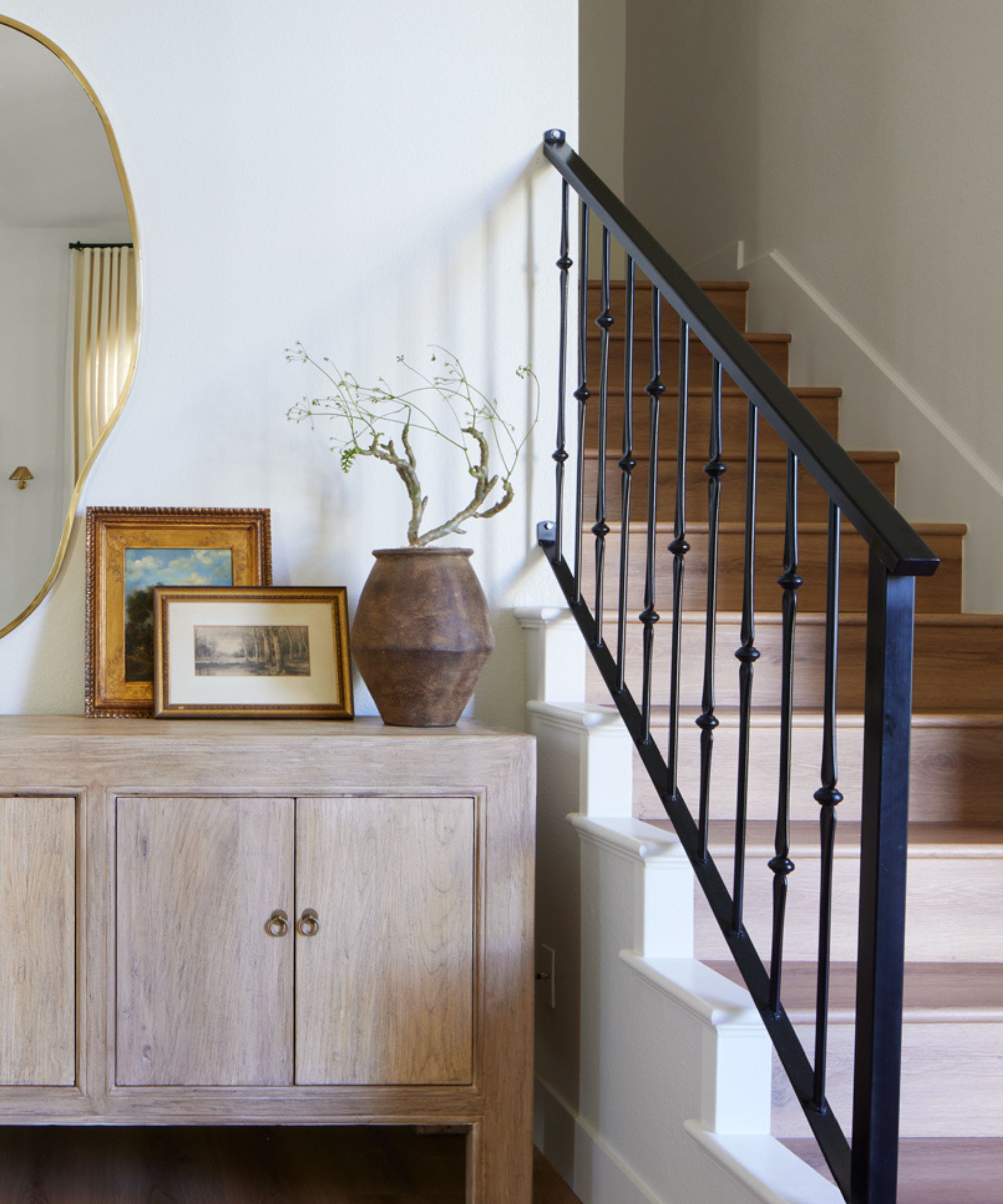
Robot vacuums are great, but they are yet to master vacuuming stairs.
Before I could collapse back onto the sofa, the list prompted me to vacuum now that most of the physical labor tasks were complete. It pointed out, ‘Why here? The most physical task is saved for when the house is tidy, and dust won’t be resettling.’
Again, it offered some fairly basic advice, ‘Use the hose attachment to avoid lugging a vacuum up the stairs. Start at the top and work down,’ but I could see how it would be helpful to someone who isn’t as absorbed in cleaning hacks and tricks.
Using one of the best cordless vacuum cleaners, such as our top-rated Dyson V15 Detect, available at Best Buy, also makes this task easier.
6. 'Write a food plan and shopping list for the week'
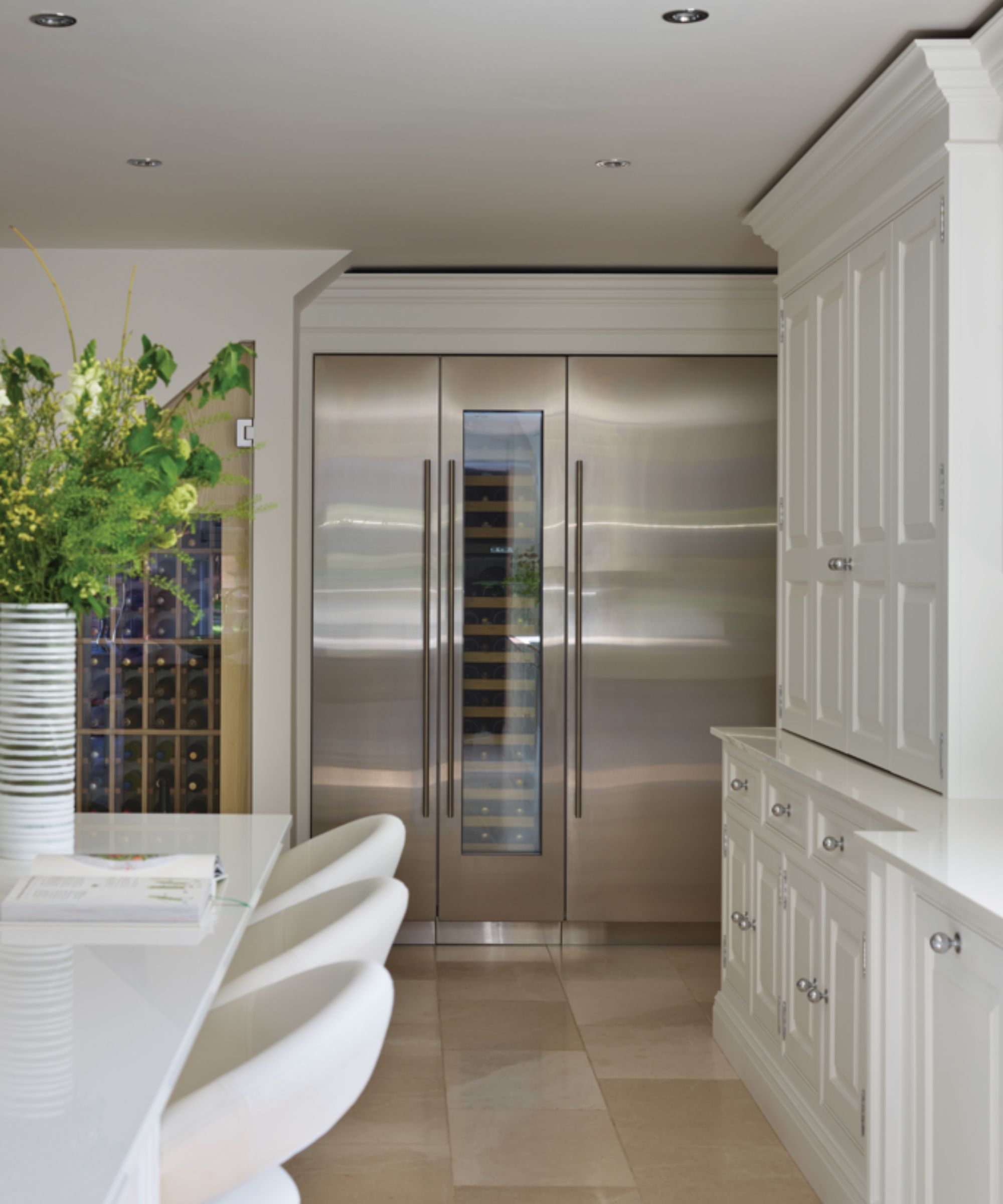
Saving the 'sitting down' task till last offered a nice break at the end of my productivity push.
The final task on my to-do list was to make another list. Ironic, I know. However, the reason the AI put it last made a lot of sense, ‘Why last? It’s a sedentary task – ideal to sit down and wrap up with after physical chores.’
And boy was it right. Having powered through all these tasks in an attempt to enjoy a chore-free weekend, sitting down to write this out while watching a TV show was a nice wind-down that left me feeling accomplished.
What I liked was the fact that the AI reminded me to shop my home to help avoid food waste and save money at home, suggesting that I ‘Check the pantry/fridge while doing this to avoid duplicates’. I use a simple list pad, such as this set of magnetic shopping lists from Walmart, to keep this task simple.
Tips for using an AI to-do list
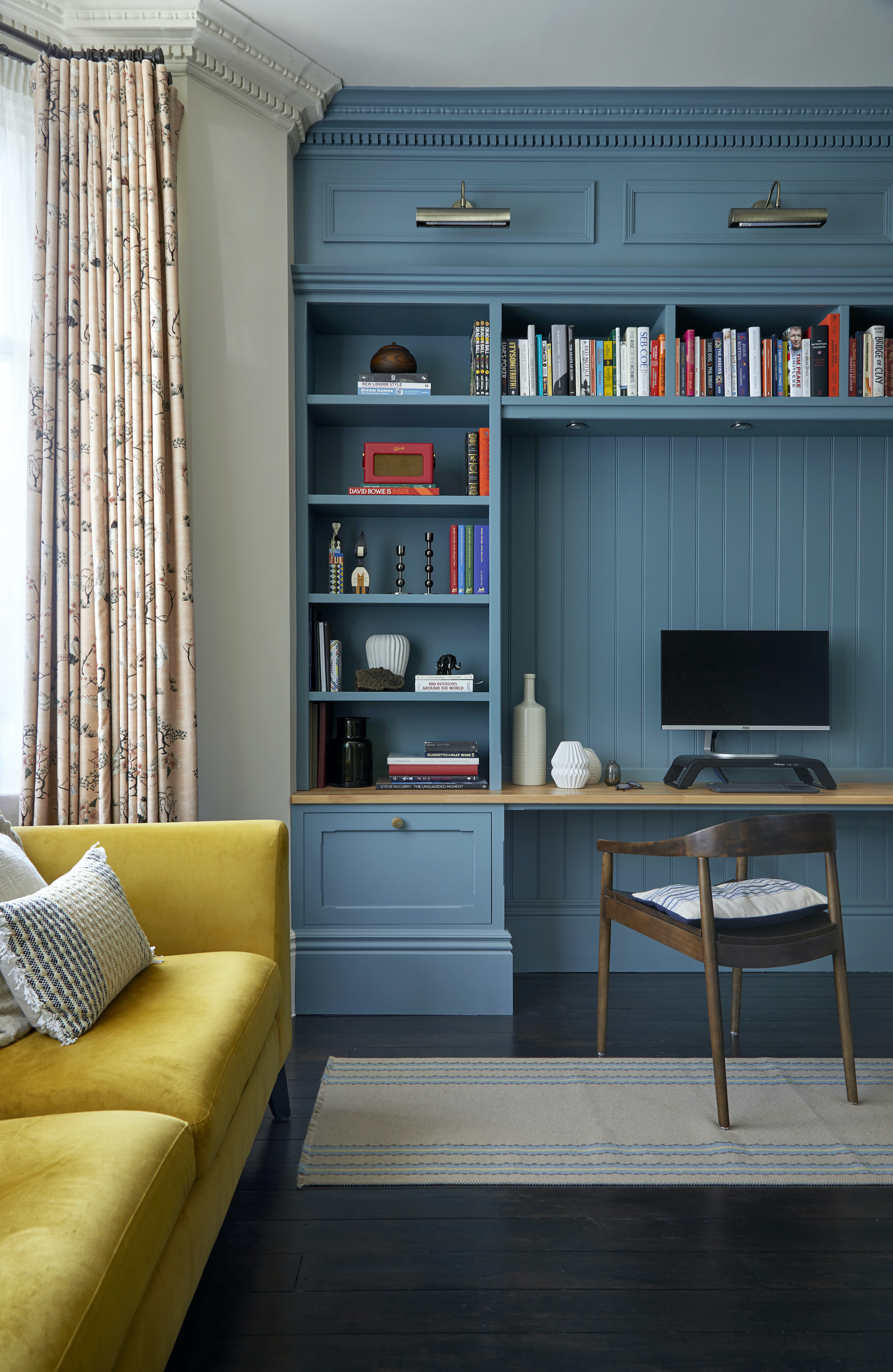
You only get out of AI what you put in.
If you often find yourself cleaning when you feel overwhelmed, then using an AI to create a to-do list for you can be a great place to start, especially if you are struggling to work out where to start when decluttering.
However, you get out of AI what you put in, and how useful this tool will be for you will come down to the information that you give it. Already knowing a lot about cleaning and decluttering methods (perhaps too much), the vague advice was enough to get me going.
However, D’Nai warns, ‘The results you receive from A.I. are likely to be very generalized tasks and not specific to your household. If you have a unique living situation or something that is not standard, like large amounts of art supplies, for instance, or other unique circumstances, you may still be a bit lost on how to manage those items. Overall, however, using A.I. can certainly be a great starting off point, and I would suggest being as detailed about your home when asking for guidance in your prompt.’
David Radin, creator of Time Management in the Age of A.I. and CEO of Confirmed, agrees, adding, ‘If you decide to ask a chat-based AI to create your to-do list, be patient. A key to getting it right is training, and it takes multiple attempts for the AI to be trained on your likes, dislikes, and habits. Tell it explicitly and continue to guide it as you ask for each subsequent list. Make sure it knows what your highest priorities are so it can optimize the way it creates your list.’
What to shop
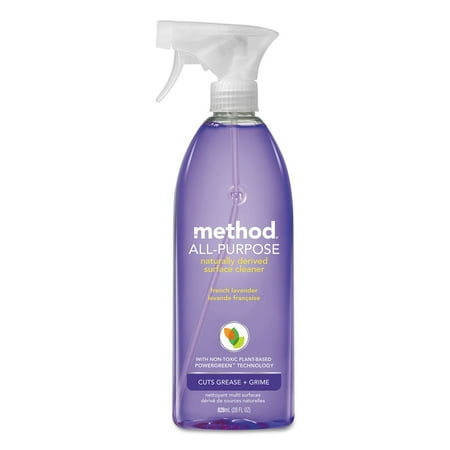
When dusting my home, I use the Method antibacterial sprays, helping me to collect dust, disinfect, and make my home smell nice all in one go.
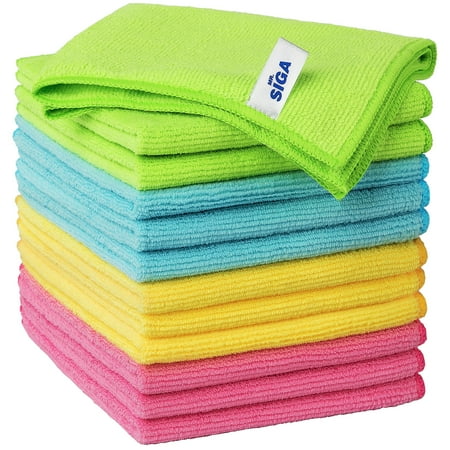
When tackling lots of areas in one go, it can e handy to carry a stack of microfiber cloths with you. This helps to prevent cross contamination, improves efficiency when dusting, and allows you to buff and polish to perfection.
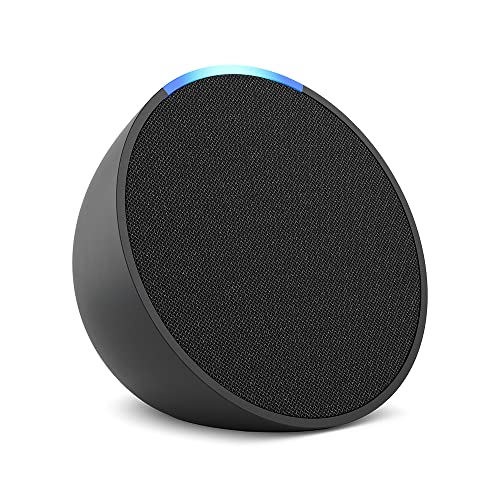
One of my favorite ways to stay energized through lots of chores is to play music. I connect to the three Alexa speakers around my house so that I can hear my music everywhere, no matter what room I am in to help me stay on track. You can also use them to set timers and reminders to help you stay focused and manage burn out.
Meet the experts

D’Nai Walker is a professional organizer based in the Washington, DC Metro area. She specializes in helping busy professionals and retirees navigate the often-overwhelming process of decluttering and creating functional, harmonious spaces.

As the Founder & CEO of Confirmed, David specializes in coaching professionals to optimize their time and leverage AI and other techniques to streamline workflows and improve focus.
All in all, using an AI as a chore assistant can be a great way to avoid decision fatigue and reduce mental load, lessening stress and overwhelm. I’ll probably reserve it for those days when my brain feels too clogged to formulate an efficient plan, but it could easily be a great daily supplementary tool if you’re always trying to clean your house when you’re too busy, too.
Sign up to the Homes & Gardens newsletter
Design expertise in your inbox – from inspiring decorating ideas and beautiful celebrity homes to practical gardening advice and shopping round-ups.

Chiana has been at Homes & Gardens for two years and is our resident 'queen' of non-toxic living. She spends most of her time producing content for the Solved section of the website, helping readers get the most out of their homes through clever decluttering, cleaning, and tidying tips. She was named one of Fixr's top home improvement journalists in 2024.
You must confirm your public display name before commenting
Please logout and then login again, you will then be prompted to enter your display name.
-
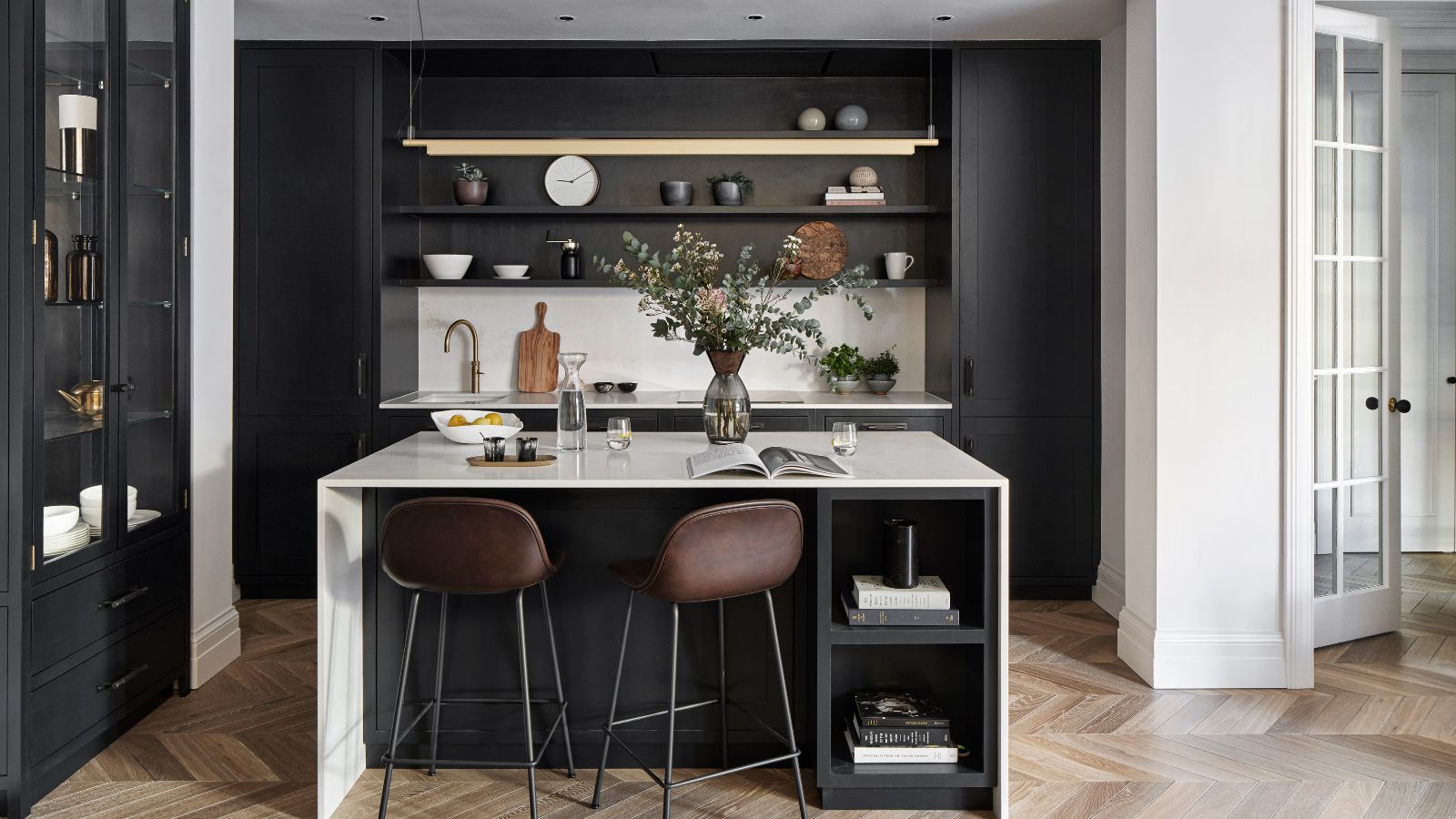 This $7 kitchen storage hero will easily organize even the most chaotic cabinet
This $7 kitchen storage hero will easily organize even the most chaotic cabinetThere's nothing lazy about this household item
-
 'Consider this your official permission slip to shake things up!' – Jennifer Hudson explains how frequent home shopping can make you happier
'Consider this your official permission slip to shake things up!' – Jennifer Hudson explains how frequent home shopping can make you happierThe actress has partnered with HomeGoods to encourage us to mix up our everyday routine, for surprising benefits
-
 'Don't overcomplicate it' – 3 golden rules for a clutter-free garage this summer
'Don't overcomplicate it' – 3 golden rules for a clutter-free garage this summerStreamline your space by perfecting your storage solutions
-
 The simple 'Floor Decluttering Method' easily reduced visual mess in my small, open-plan living space and was so impactful
The simple 'Floor Decluttering Method' easily reduced visual mess in my small, open-plan living space and was so impactfulThis method is without a doubt one of the best I've come across so far
-
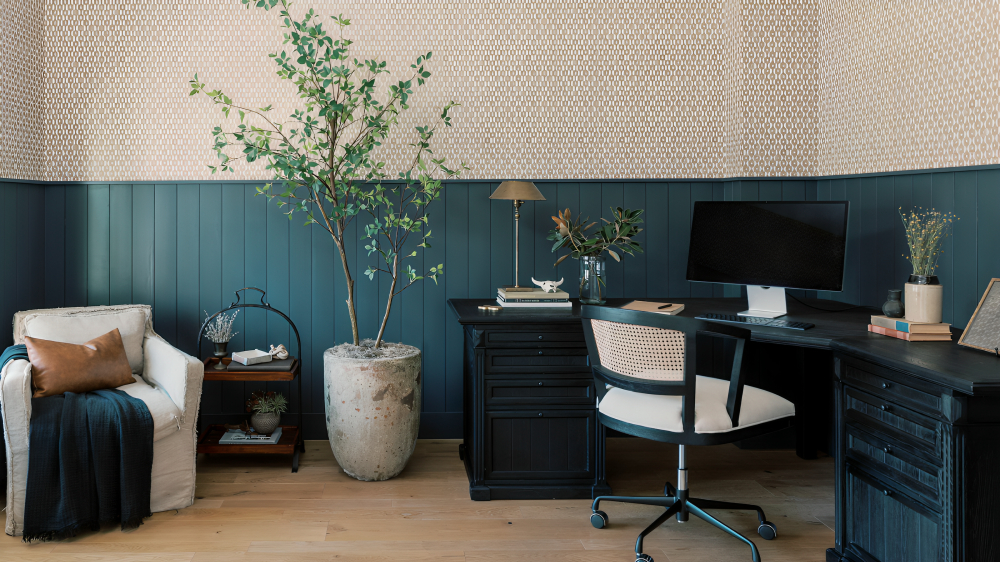 This one clever consideration in the French L'art de Ranger decluttering method makes it the ‘quiet luxury’ of home organization
This one clever consideration in the French L'art de Ranger decluttering method makes it the ‘quiet luxury’ of home organizationFactoring in beauty made my home office a space I want to spend time in
-
 12 things that feel illegal to declutter, and why it's OK to let them go
12 things that feel illegal to declutter, and why it's OK to let them goFrom printed photos to family heirlooms, home organization pros reveal what you can wave goodbye to, and how to let them go
-
 'A great way to silence the voice in your head' – decluttering my closet with an app easily revealed exactly what I needed to throw out, guilt-free
'A great way to silence the voice in your head' – decluttering my closet with an app easily revealed exactly what I needed to throw out, guilt-freeIt banished painful indecision and revealed duplicates
-
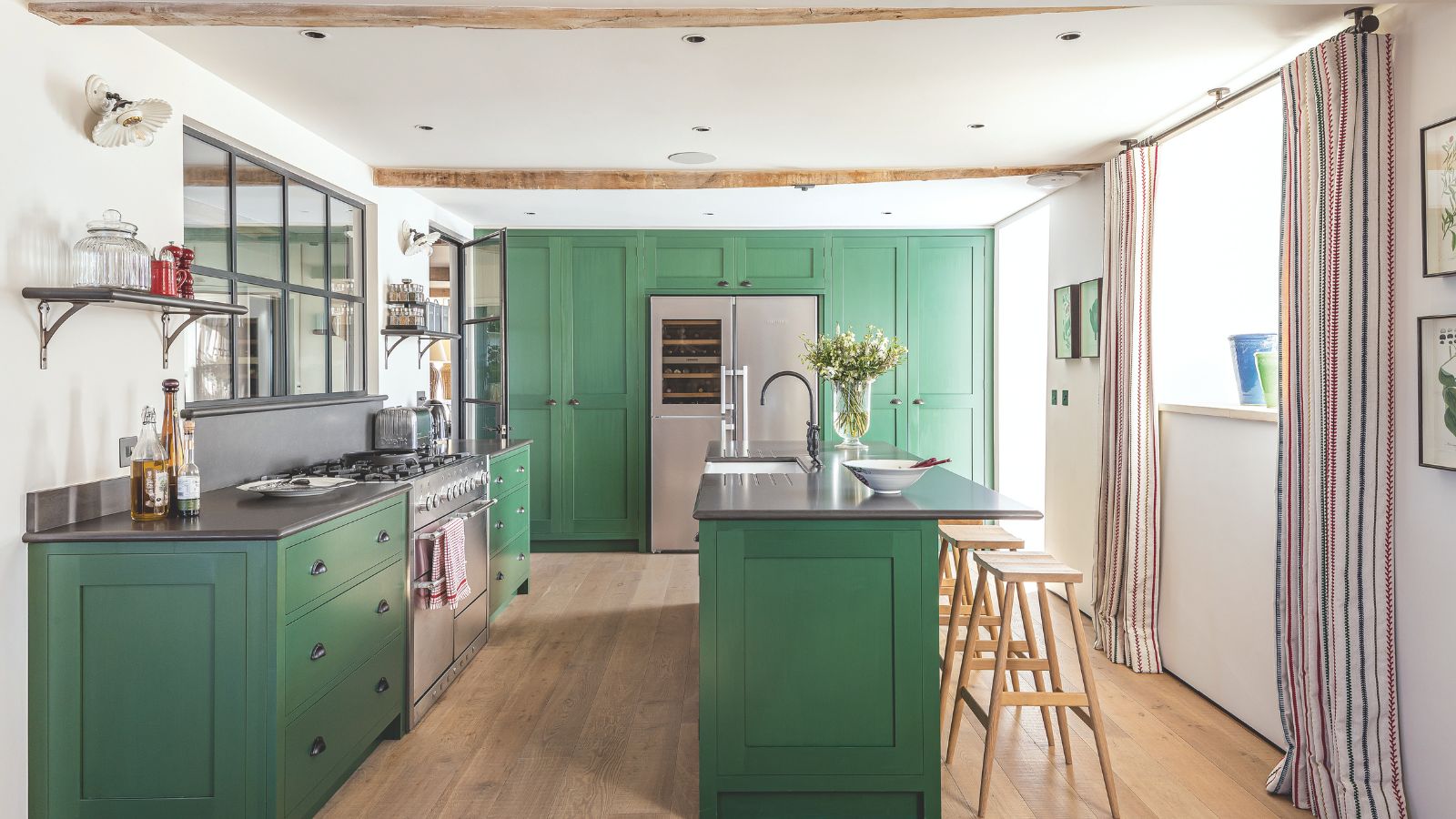 The 'fork decluttering method' may sound silly, but it’s effective at bringing simplicity to your home – and it only takes 1 afternoon
The 'fork decluttering method' may sound silly, but it’s effective at bringing simplicity to your home – and it only takes 1 afternoonYou'll be surprised by how helpful this decluttering method is
-
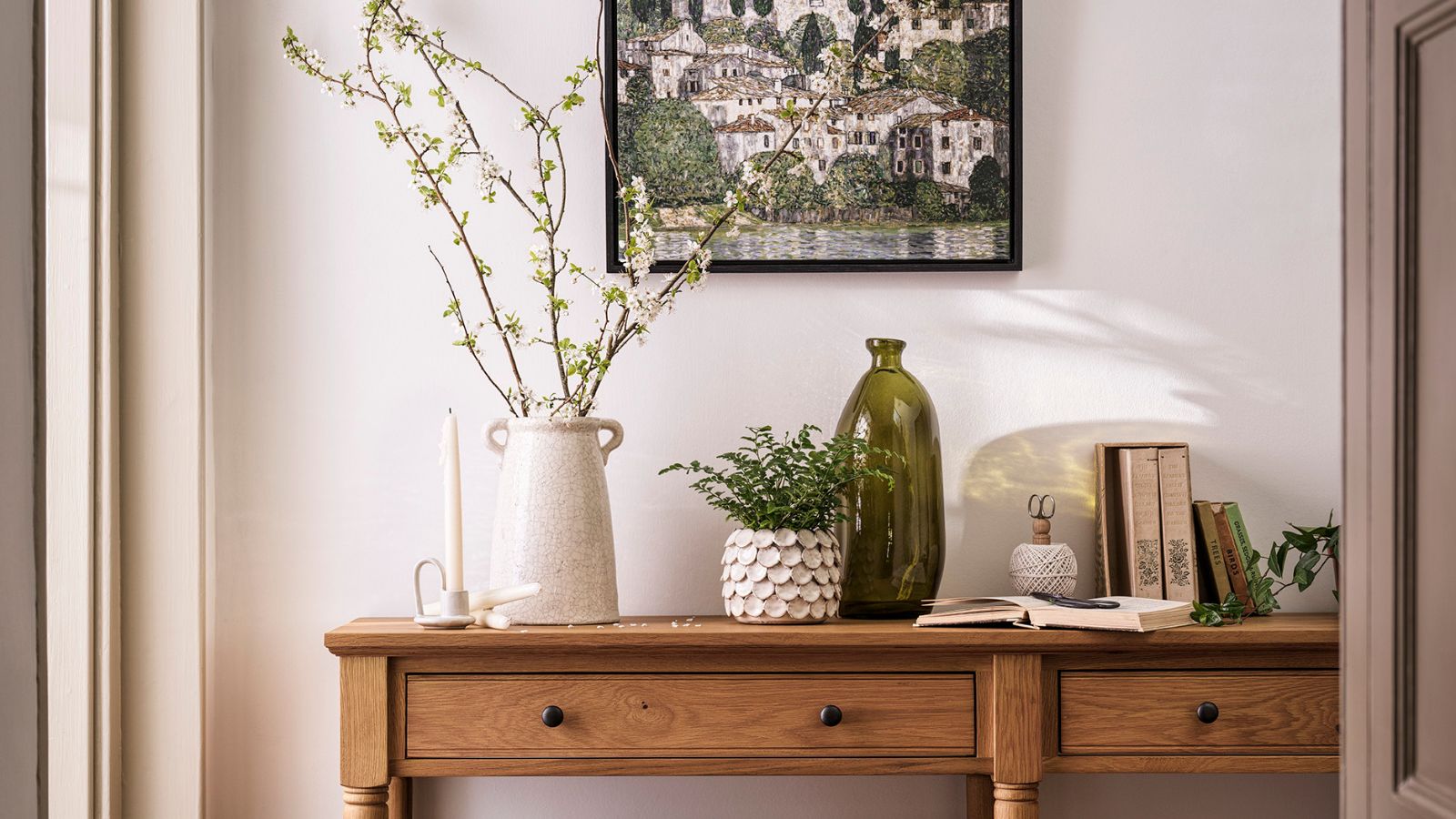 7 things to declutter in May 2025 – set your space up for summer success with simple, localized clear-outs
7 things to declutter in May 2025 – set your space up for summer success with simple, localized clear-outsGive your home a May makeover without spending a cent
-
 Too busy to declutter? The Incremental Improvement System creates lasting change with small daily actions, say pros
Too busy to declutter? The Incremental Improvement System creates lasting change with small daily actions, say prosIt's also perfect for those who get easily overwhelmed